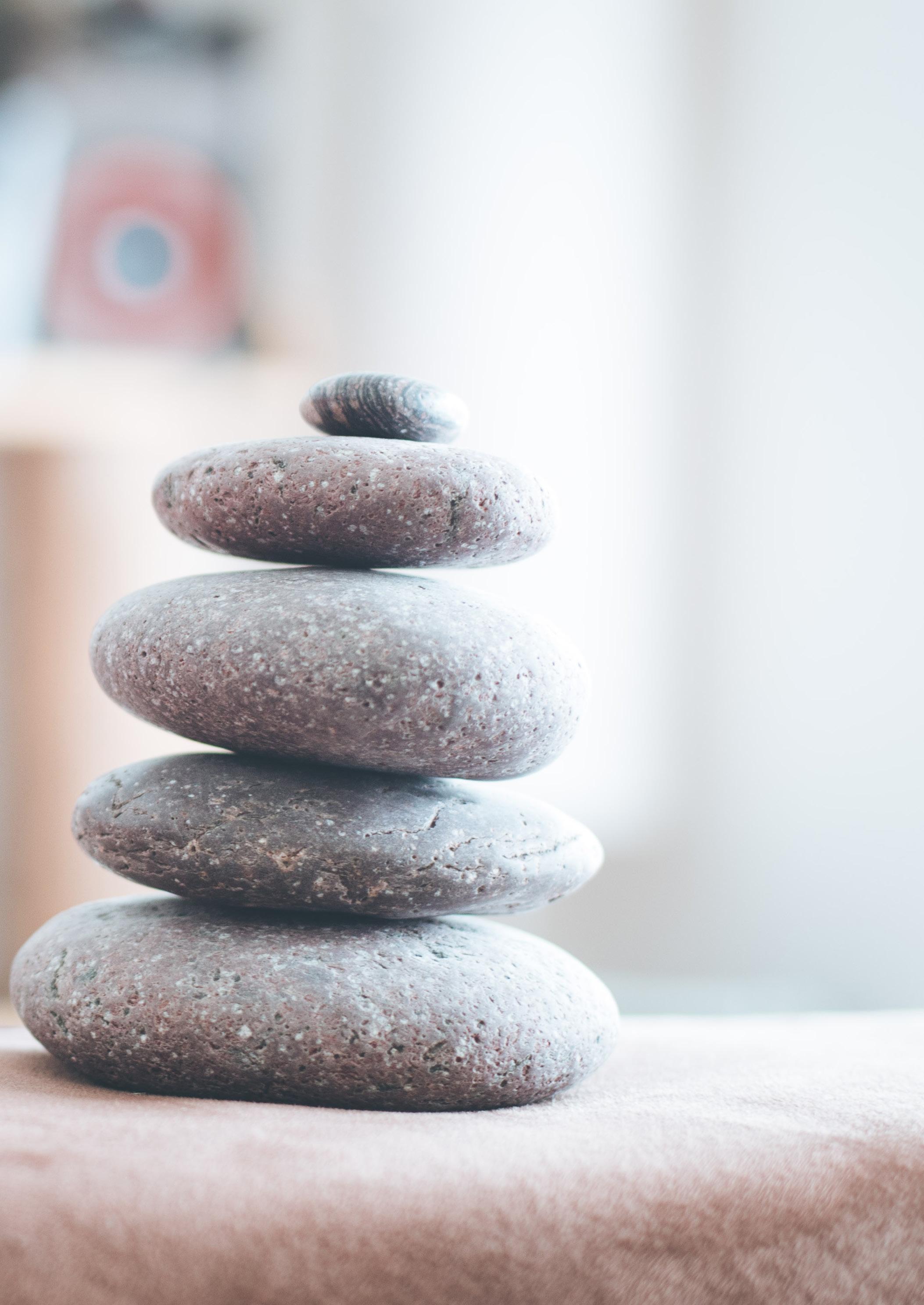
3 minute read
FENG SHUI YOUR DESK
These days, we spend more time on the work desk than any other part of our home or office. It makes sense, therefore, to organize it in a way that’s conducive to working and learning.
Advertisement
There are plenty of design philosophies out there which tackle desk productivity, but only Feng Shui is designed to attract success, good fortune, and energy at the same time. What’s amazing about Feng Shui is that it’s a concept that has been around for longer than our current computerbased lifestyle has ever existed.
So, how do we employ this ancient design language at our work desk?
Tidy up
Our desks can get pretty disorganized. From yesterday’s lunch to this morning’s stale coffee, not to mention the reams of bond paper and sticky notes scattered everywhere, we tend to accumulate stuff on our desk that we don’t really need anymore. In Feng Shui practice, it’s generally considered bad to keep things that you don’t really need cluttered about. So, clean your desk. Throw out the expired snacks still rotting in your drawer and hide everything that you don’t use all the time.
Clutter, in Feng Shui, is postponed energy. We tend to agree as they represent all the things that we intended to do but stopped in the middle of doing.
As the old adage goes, “orderly desk, orderly mind.”
The desk
Your desk, especially in today’s computer-centric work arrangement, represents the foundation of your success. It’s important, therefore, to consider the materials, shape, and even the color that you’re using for this critical piece.
Materials
Wood is the best material to go for in a work desk. It brings a

touch of nature into your work area. According to the tenets of Feng Shui, wood brings natural energy, vibrancy, and nourishment.
Glass also works as long as you also introduce other natural materials such as potted tall plants into your design. Glass is fragile which isn’t exactly a quality that you want in your foundation. In Feng Shui, glass represents the free flow of energy and plants and a little bit of soil in the pot helps ground some energy around your work desk.
Color
In Feng Shui, colours play a huge role too. So what you use on your desk would dictate what it’s going to be best used for. Here are a couple of the representations behind each of the most popular desk colours: Brown: Consistent with the color of wood, brown creates a natural vibe. This helps energy to circulate but not escape your work area. It nourishes and helps promote growth in your endeavours.
Black: If you’re into creative work, then a black desk might what suits you best. It promotes deep thought and introspection. It also boosts your openness to new ideas and concepts.
White/Grey: Generally white and grey represent the same
things in Feng Shui. They’re undistracting colors so they help you focus on the task at hand.
The Bagua Map (Placement)
One of the most powerful tools that Feng Shui masters have is the Bagua map. It’s a general map that tells you where’s the best area to place your furniture and tools of your trade according to your unique purpose for them.
Basically, it grids your space, in this case your work desk, into 9 sectors. Here are the specific meanings for each sector:
Top Left: Wealth and Financial Wellness. Top Middle: Fame and Passion. Top Right: Love and Relationship. Centre Left: Family. Centre: Personal Health Centre Right: Children Lower Left: Knowledge and Wisdom Lower Middle: Career Lower Right: Helpful People “Feng Shui is a practice that’s thousands of years old so we can’t possibly discuss everything in a short article.”
Place whatever represents these things in the right sector and it should attract success in those specific fields. Usually, in a Feng Shui-optimized desk, you’ll see a computer screen on the top left to attract wealth. In other cases, laptops are placed on the lower middle section to aid in career advancement.
Feng Shui is a practice that’s thousands of years old so we can’t possibly discuss everything in a short article. But, with the Bagua Map and the materials, we’ve just given you a few of the basics.










